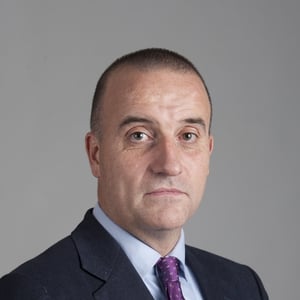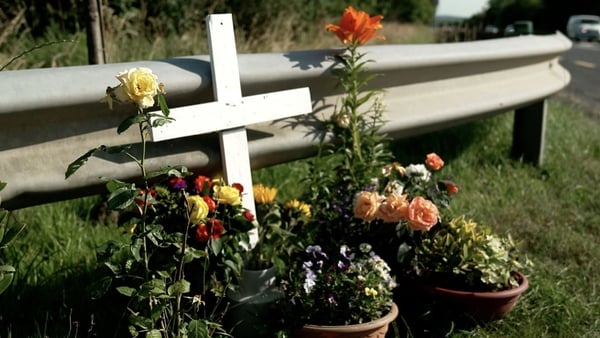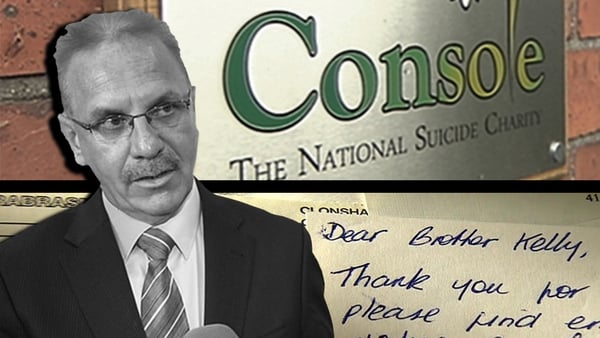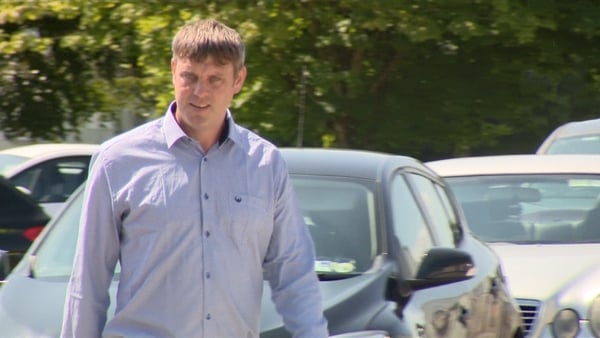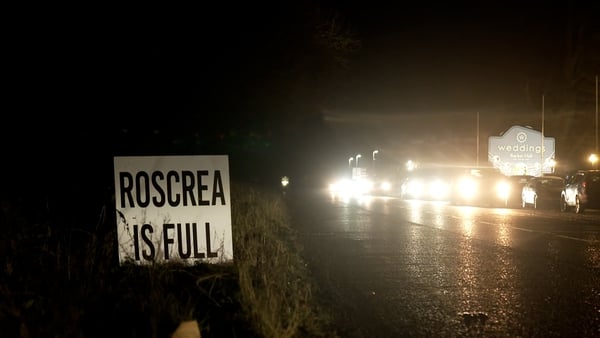A report into the R116 helicopter crash in which all four crew members died on a search and rescue mission will raise significant questions about why a number of crucial navigation systems failed, Prime Time has learned.
While the sole objective of an Air Accident Investigation Unit (AAIU) investigation is the prevention of accidents and incidents and they do not assign fault or blame or determine liability, the report, which is expected to be published tomorrow, will also cast doubt over whether the March 2017 rescue mission was necessary.
Paul Ormsby, Dara Fitzpatrick, Ciarán Smith and Mark Duffy died when their helicopter crashed into an island off the coast of Mayo just after midnight on 14 March 2017.
After the accident, it emerged that various pieces of electronic equipment relied on by the crew for navigation at night time and in poor visibility did not show the existence of the island clearly, or did not show it at all.
At the time of the accident, the crew were offering support to an operation to airlift an injured man from a fishing trawler.
However, documents relating to the air accident investigation seen by Prime Time show that the dispatch of the crew on the mission was not done on medical advice.
The mission began at around 9:40pm on 13 March 2017 when the captain of a fishing vessel contacted the Coast Guard in Donegal to seek medical advice.
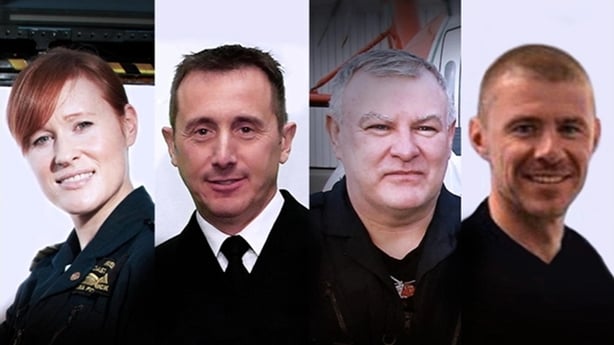
A 50-year-old man working on the trawler had severed the top half of a thumb while working with fishing nets.
A Coast Guard official contacted the commander of Sligo-based R118, a sister helicopter of R116, to say that it sounded like the fisherman had "lost his thumb and he's obviously bleeding quite badly."
The official requested the mission. But there had been a mix up: The trawler captain had not told the Coast Guard that the man was bleeding badly. In fact, there was no discussion of bleeding at that stage.
According to national policy, search and rescue missions are for people "who are, or are believed to be, in imminent danger of loss of life."
Documents seen by Prime Time show that, while the man was injured and was in danger of losing part of his thumb, his life was not in danger.
A quarter of an hour after the first call between Coast Guard officials, an official in Dublin asked a counterpart in Donegal if a doctor at the HSE’s Medico service, which deals with maritime injuries, had requested the evacuation of the casualty.
"Yes, I’ve given them a link call to Medico Cork and they say yes the man needs taking off," the Donegal Coast Guard official replied.
Again there was a mix-up.
While the Medico doctor advised that the man be given painkillers and that he would likely lose the severed half of his thumb, he did not recommend that the injured man be lifted off the trawler and he was not asked to do so.
The decision to airlift the injured man was in fact made before the doctor was even called.
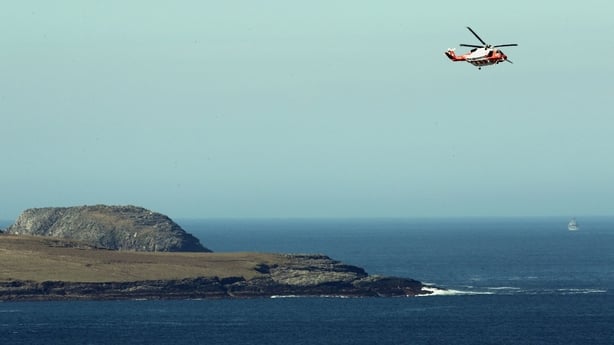
"It is a very serious matter for a medical evacuation using a helicopter when the vessel involved is a 140 miles west of the Irish coastline," aviation expert Kevin Byrne told Prime Time.
"There are no navigation aids out there. You want to be very certain that, before you put these search and rescue crew in peril, that the mission is approved, is worthwhile, and must be done," he said.
Documents relating to the air accident investigation suggest that, while a commander may refuse a search and rescue mission, the initial "tasking" information is crucial to informing their decision about whether to do so.
The job of the R116 crew on the night was to provide top cover, ready to provide assistance and acting as a communications link between the helicopter doing the airlift, R118, and the coastline.
This is a job better done by fixed-wing Air Corps aircraft, which will have better communications systems. But no such aircraft was available on the night.
The Defence Forces told Prime Time that, since November 2016, "it has been unable to provide a dedicated 24/7 cover due to the shortage of essential personnel."
The helicopter approached Blacksod Bay for refuelling. Along the way, co-pilot Mark Duffy and pilot Dara Fitzpatrick remarked that they hadn’t been to Blacksod recently.
Ms Fitzpatrick stated that it had been "about 15 years".
The route chosen for arrival to Blacksod was one of a few fixed routes used by helicopters when flying conditions are poor and visibility is low.
The route begins with what is called a waypoint, a point at a specific latitude and longitude which is used in navigation to mark a turning point for aircraft.
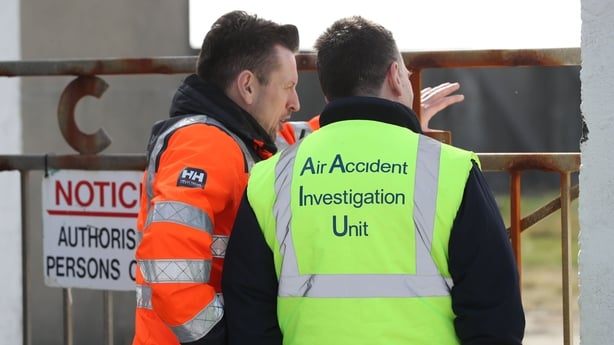
Waypoints are usually in places that are clear of obstacles but, unknown to the crew, the Blacksod south waypoint began beside an island.
As they lowered their altitude to prepare to fly towards Blacksod, Dara Fitzpatrick checked that they were clear ahead using radar and EGPWS, a system designed to warn if an aircraft flies too close to terrain.
What the crew didn’t know was that the EGPWS didn’t have Blackrock Island on its database, so the island didn’t register.
It later emerged, during a post-accident flight by investigators, that the radar showed terrain, including Blackrock Island, using the colour magenta.
But magenta was also used to highlight the waypoint and the trackline to the waypoint, meaning that the island didn’t stand out on the cockpit display.
Transcripts of communication within the helicopter suggest that the island literally appeared out of nowhere.
Just before the collision, winchman Ciarán Smith said, "looking at an island directly ahead of us now guys, you wanna come right Dara," referring to commander Dara Fitzpatrick.
She responded: "OK, come right, confirm?"
Mr Smith replied: "20 degrees right, yeah?"
Ms Fitzpatrick then told her co-pilot to "come right" and to select the heading to point the helicopter in the new direction.
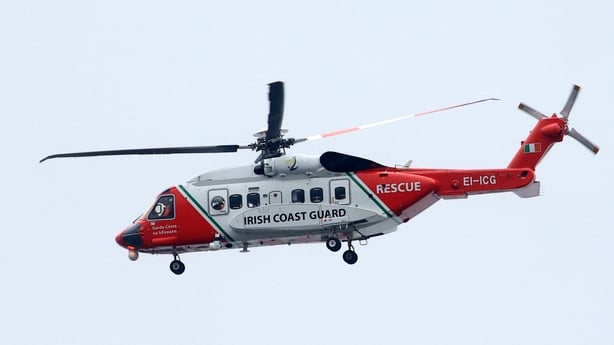
"Roger. Heading selected," Captain Duffy replied.
At this point, Mr Smith, sounding distressed, told them to "come right now. Come right."
He repeated the instruction a third time, this time shouting.
"Come right," he said.
One second later, at 12:46:08am, Rescue 116 collided with the western side of Blackrock Island.
Four seconds later, Captain Mark Duffy is recorded as saying the words "we’re gone".
The helicopter ends on the seabed 40 metres below the surface.
Dara Fitzpatrick unfastened her seat harness, exited through the emergency exit cockpit window. and inflated her lifejacket.
At between 10 metres and 40 metres below the surface, she would have had to hold her breath and swim hard toward the surface. She did not make it.
She died, not from injuries in the crash, but from drowning.
Twelve days after the accident, the body of co-pilot Mark Duffy was recovered from the submerged helicopter. He died from injuries suffered in the crash. The bodies of rear crew Ciarán Smith and Paul Ormsby were never found.
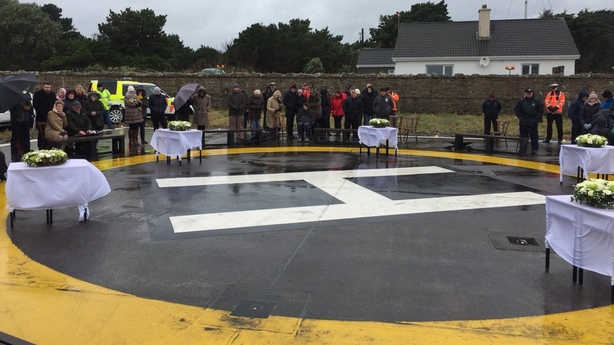
So how did it happen? How did a crew with over 85 years of combined experience crash into an island?
There was no mechanical failure and flight recordings yielded no evidence of any cockpit incident that may have caused the crash. The crew simply didn’t see the island until it was too late. But why not?
Dara Fitzpatrick and her crew were using so-called secondary navigation sources.
Among the secondary navigation aids used by Dara Fitzpatrick and her crew was Euronav imagery – but that didn’t show Blackrock island, as the mapping stopped short of this area.
A digitised Ordnance Survey map used by the crew didn’t show features as far west as Blackrock. Instead, it showed open water. And the EGPWS terrain warning system did not have Blackrock island or its lighthouse in its database.
Another secondary navigation aid, called FLIR, detected the island, from a distance of around 600 metres, but it apparently didn’t register with the crew as a threat.
The failure to ensure accurate digital mapping was a breach of Ireland’s international obligations, Evan Cullen, the president of the Irish Air Line Pilots’ Association, told Prime Time.
"Under international convention, Ireland is obliged to have accurate maps and charts for its aeronautical activities," he said.
"It is expected by pilots that the charts will be accurate and that the Irish Aviation Authority, as an agent of the Government, would ensure that those charts are accurate."
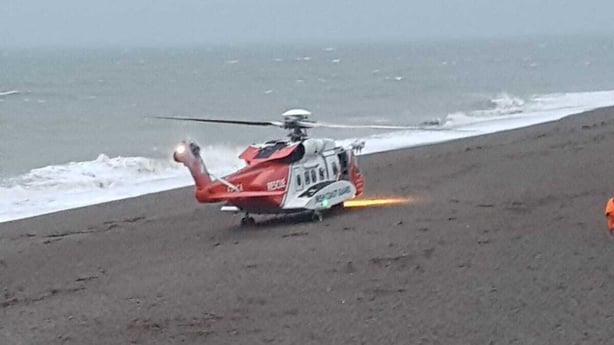
As the R116 crew approached the final stages of their journey to Blacksod, the crew were flying at around 200 feet on a pre-programmed route commonly known among crew at the helicopter operator as a low-level route.
They would have thought they were safe. because it was widely believed in CHC that low-level routes were designed specifically to avoid obstacles over 200 feet.
But Blackrock Island and its lighthouse were in the way, and they stood at well over 200 feet high.
While the island was absent from or not clearly discernible from the maps on helicopter screens, it was referred to four times on a paper document called a Route Guide that the flight crew referred to during the flight.
So why didn’t the flight crew notice the reference to the lighthouse standing 310 feet above sea level?
One reason was that the route guide was not seen as a reliable document by crews, since it was labeled as a "work in progress".
One safety complaint stated that, on one route, an alternative route into Blacksod, the "the entire Hazards / Obstacles [and] lighthouses section" was "incorrect" and appears to have "data from an approach to Donegal airport".
Also, documents related to the investigation seen by Prime Time suggest that reading the document would have been hindered by apparent poor lighting in the cockpit.
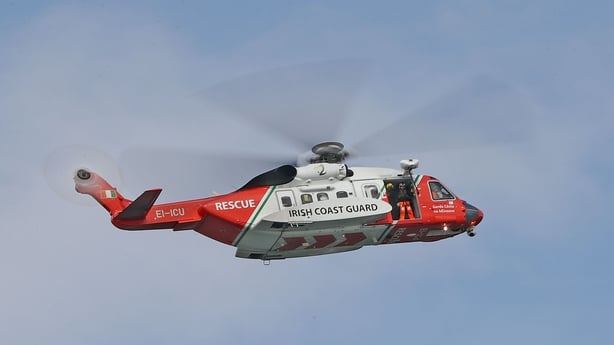
Transcripts of the R116 conversations show dissatisfaction with the lighting. At one stage, Commander Dara Fitzpatrick said "the lights in this thing drive me mad".
Her co-pilot, Captain Duffy replied: "Yeah, they’re atrocious, Dara."
Complaints about cockpit lighting were not new within the helicopter operator. In 2015, a "modification request" was circulated.
It stated: "Current lighting has proven to be completely inadequate for night time operations. The poor lighting has led to an inability of aircrew to read checklists and approach plates which is a safety hazard."
The following year, inadequate cockpit lighting was once again raised, this time in a Safety and Quality concern or SQID.
It said: "…the fact that a simple resolution to a safety issue hasn’t been completed 18 months after initiation should be a source of concern and embarrassment to all involved."
"It looks as if this stuff was left hanging," said Mr Byrne. "And if it were closed off without having a satisfactory agreement by all parties concerned, that is a serious deficiency in the safety management in place, in my opinion."
In June 2013, a pilot emailed several other personnel that the EGPWS terrain warning system on the helicopter did not include the lighthouse at Blackrock island despite it being an "obvious hazard."
This omission was not rectified until after the accident.
The helicopter operator’s safety management manual contained specific targets for the closing of SQID safety concerns. Some 70% were to be closed within 60 days and 90% within 180 days.
At the same time, managers were expected to increase the safety and quality reports by 10% per calendar year.
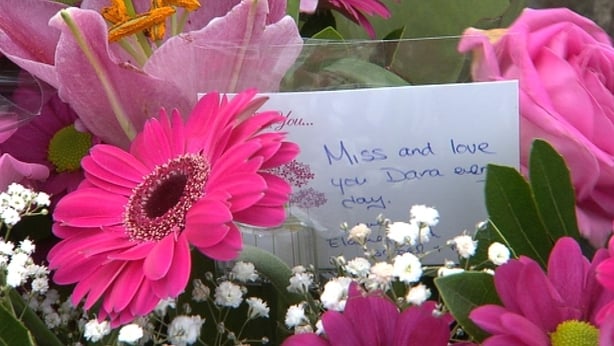
"It's a very strange thing to do," said Mr Byrne. "Numbers shouldn't come into it – there should be no minimum number and there shouldn't be a maximum number. "
The investigation found that, among the contributory causes to the accident, were "serious and important weaknesses with aspects of the Operator’s SMS [Safety Management Systems] including in relation to safety reporting, safety meetings..."
And if CHC’s internal safety controls were sub-optimum, how about external supervision from the regulator? At the time of the accident, CHC Ireland, the Coast Guard and the Department of Transport Tourism and Sport all believed that the Irish Aviation Authority was regulating Search and Rescue operations.
But afterwards, Investigators from the Air Accident Investigation Unit noted that the IAA questioned whether it had such a mandate.
Publication of the Air Accident Investigation Unit report is long awaited and will allow the completion of the inquests into the death of the R116 crew. The inquest was postponed in 2018 pending the investigation.
Every now and again, the ocean yields some evidence of the tragedy of R116. The helmet and lifejacket of winchman Ciaran Smith were recovered in Sept 2017. And the helmet and lifejacket of winch operator Paul Ormsby were found in fishing nets in July 2018. Their bodies remain lost at sea.
"I do know people who were close to the lost crew members who do visit the coastline on occasion" hoping to find something connected with them, said Mr Cullen, adding that "the four brave people who lost their lives in the service of others" is a huge tragedy for the families."
